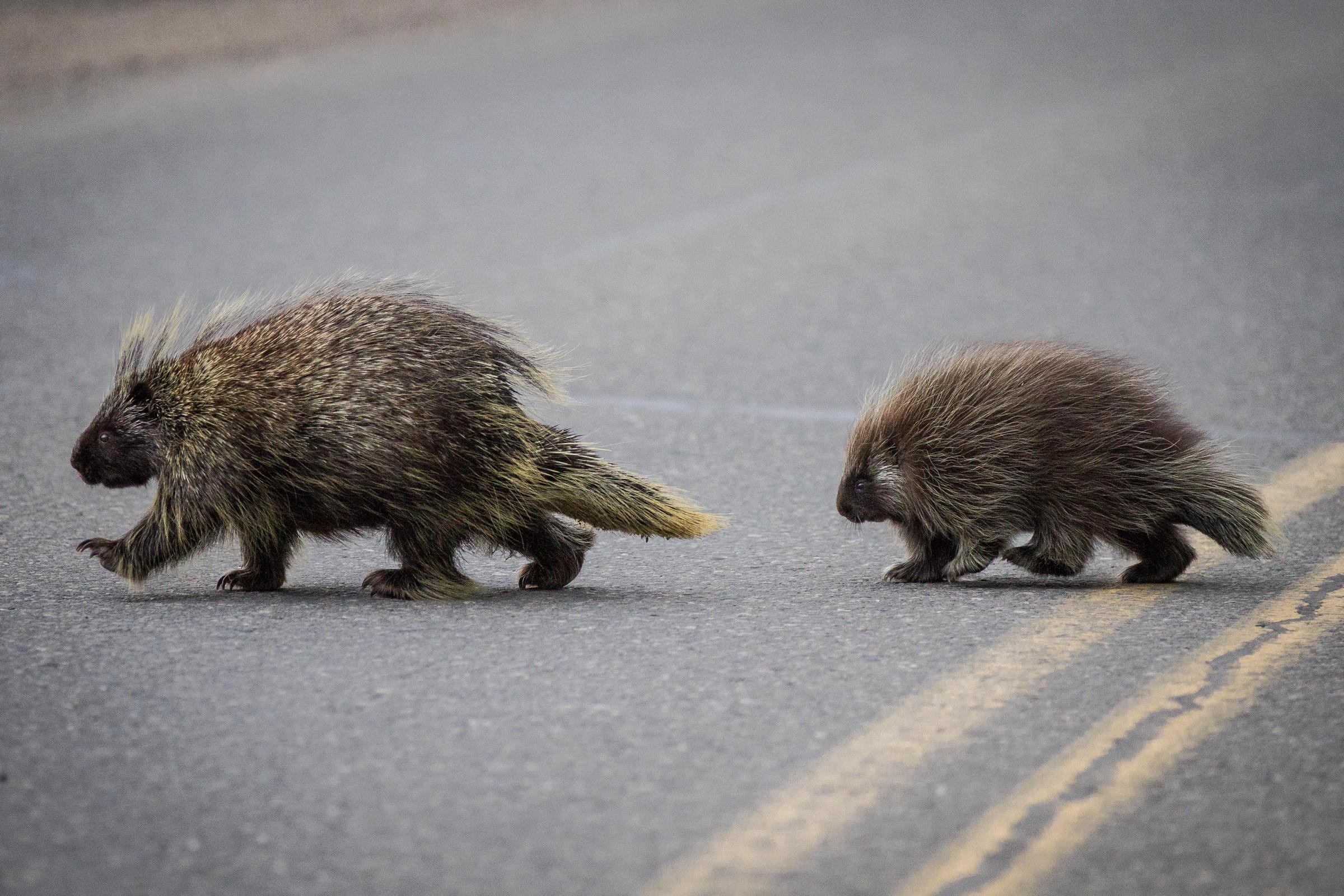- Tags:
- Wildlife,
- Something Wild
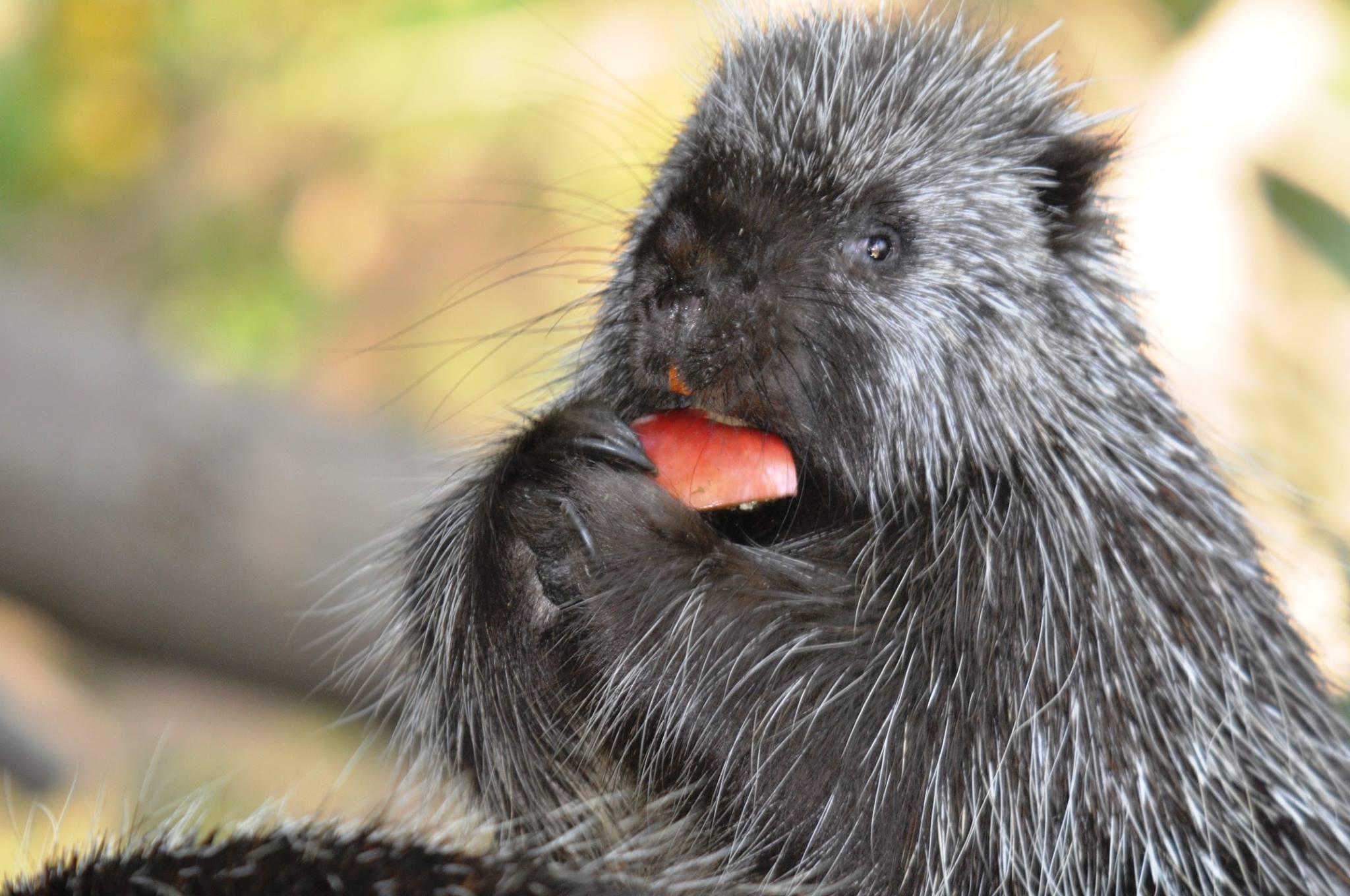
Cheeky little porcupines are endearing and plentiful in NH forests this autumn. Why is that?
We’ve been hearing a LOT about porcupines this year.
They seem to be everywhere! It’s positively a plague of porcupines!
Why so many? Biologists don’t have an official answer, but Dave Anderson has a hypothesis involving coyotes and fisher cats. The porcupine’s only real predator is the fisher. It takes a tough critter to eat a porcupine. Anecdotally, trackers and hunters are reporting that fisher numbers appear to be down this year, so it makes sense that porcupine numbers are up.
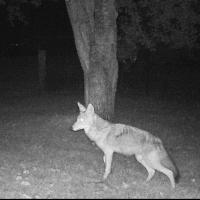
Porcupine v. Canine
There are a lot of coyotes and that means they’re eating a lot. Coyotes are having an impact on prey species like snowshoe hare and ruffed grouse. There is so much competition for medium sized animals it’s no wonder the fisher population seems to be lower.
However, coyotes don’t go for porcupine, so while they’re eating everything else our prickly friends remain untouched. In fact, a porcupine could saunter right past a coyote without fear. The coyote instinctively knows to leave them alone – a trait that is sadly not shared by so many dogs with their snouts full of quills.
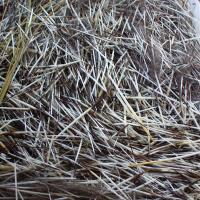
What big quills you have!
Those quills really are something else, though if you’ve ever spent a small fortune at the vet to have them removed they may be difficult to appreciate. Porcupines actually have rather soft fur that is mixed with 2-4 inch quills (up to 30,000 of them!) that will lay flat on their back until they feel threatened. Then, just like when we get goosebumps, the quills stand up. They don’t shoot off the body but they detach very easily when touched, and they have little barbs at the end that make them really hard to get out.
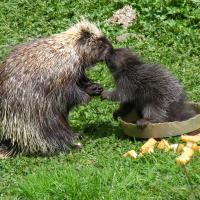
What do porcupines do?
Pretty much, whatever they want. With so few predators they mostly just go about their business. Porcupines are active throughout the year, hanging out in trees eating bark, leaves, and fruit. You might find a tree that has been claimed by a family of porcupines. Generation after generation, porcupines will return to the same place, eating from the same tree, setting back its growth winter after winter.
While there’s a porcupine boom this year we can’t necessarily say that next year is going to be a big fisher year… but the table is set.
Why did the porcupine cross the road? And just how do porcupines mate? Learn more by listening to the feature at NHPR.
